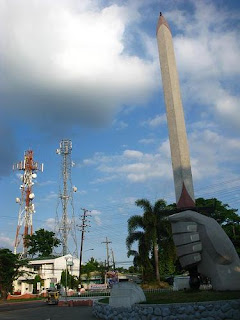Postcard Size: 4"x5.5"
Postcard Type: View card
Printed by: JMC Press, Inc., Quezon City
Purchased at Goodwill Bookstore
The postcard shows the 22-story, 430-room Manila Hilton, which was once the nation's tallest building and largest hotel. The hotel is located in United Nations Avenue - the hub of business and culture. The Hilton offered to its clientele the best in everything, art, cuisine, and warm Philippine hospitality.
In the September 1964 issue of the Journal of the American Chamber of Commerce, it mentioned that Manila Hilton Hotel is one of the two new hotel ventures that begun in the second quarter of 1964. Hilton Hotels International signed an agreement with a local group, headed by the Antonio Delgado, for the hotel's construction. The other hotel was the Hotel Continental. Also in its May 1965 issue, it mentioned that the GSIS granted a PIA-approved 30 million Pesos loan to the Delgado Brothers Hotel Corporation for the construction of the hotel.
The hotel opened in early 1968 as mentioned in its ads on the September 1967 issue of the journal. It reads: "Mabuhay to Philippine Adventure," is the title of a four-page brochure put out by Manila Hilton for worldwide distribution through sales and reservation offices of Hilton International.
The back of the postcard reads:
Hilton Hotel, Manila, Philippines. One of the modern hotels found in the city.
 M1362: Hilton Hotel Postcard
M1362: Hilton Hotel Postcard
Manila Hilton Hotel is now the Waterfront Manila Pavilion Hotel & Casino and managed by the Waterfront Hotels and Casinos. It now boasts of 567 guest rooms, including 32 suites and an executive floor. Three floors designed exclusively to non-smokers.
SOURCES:



































